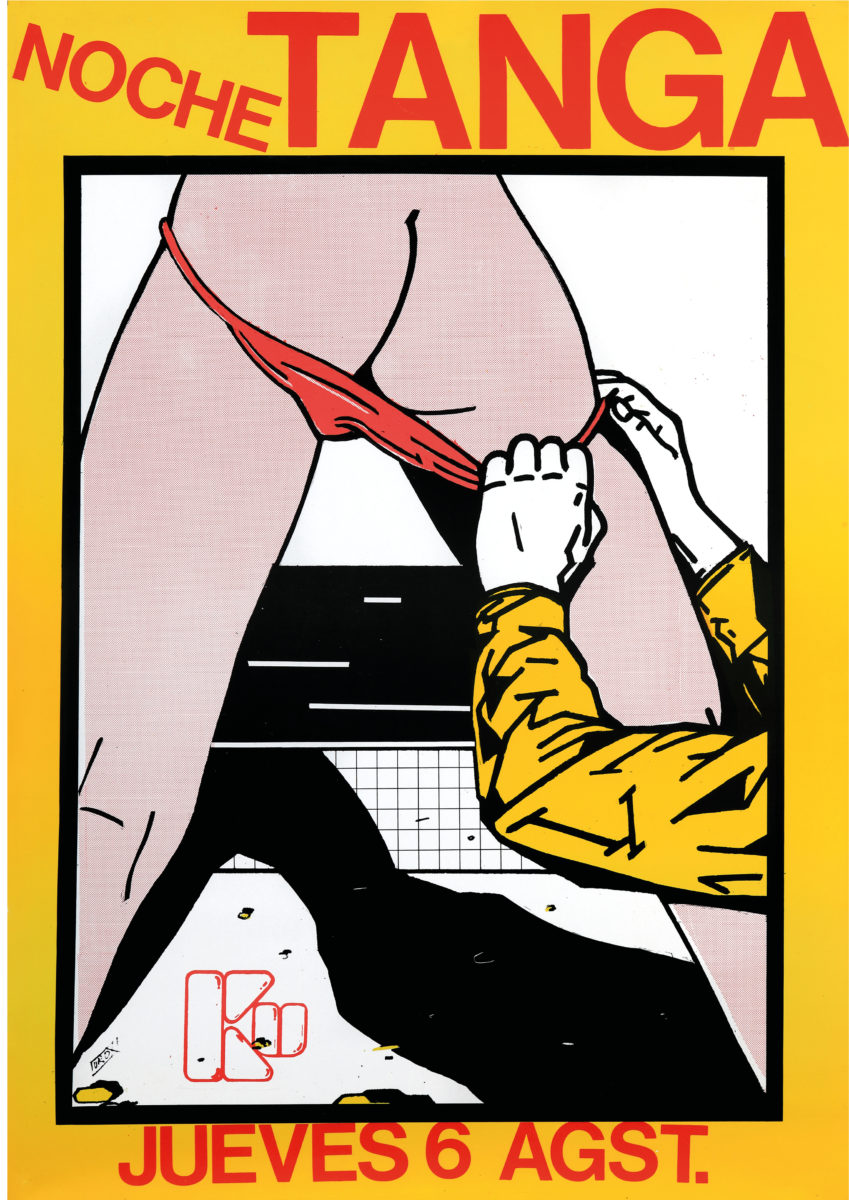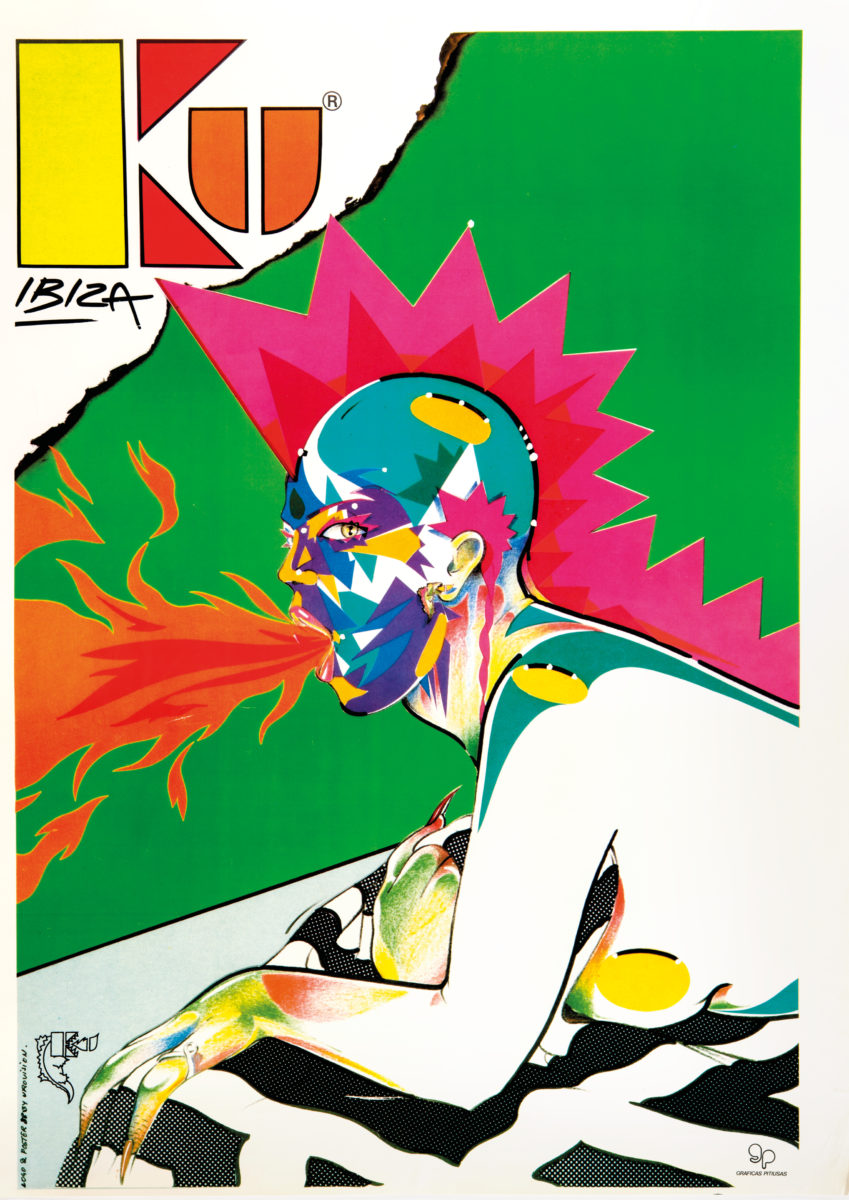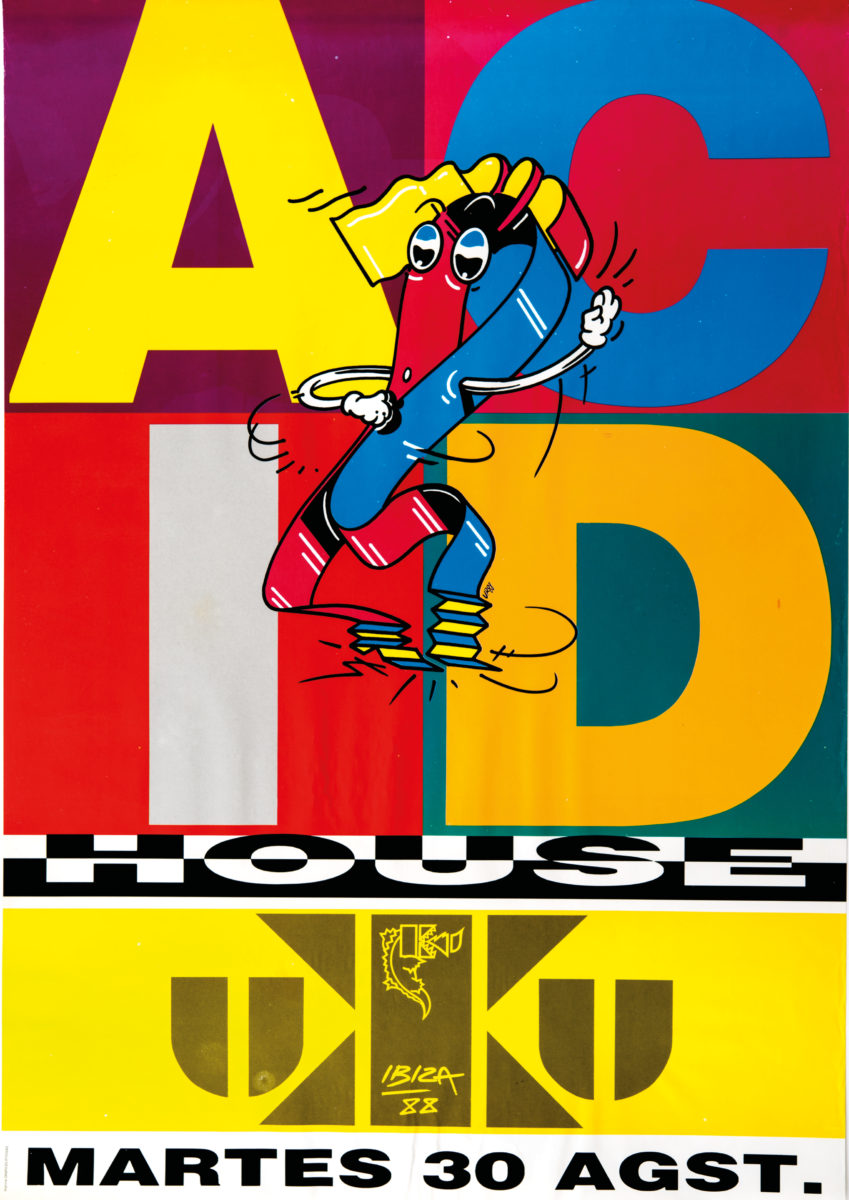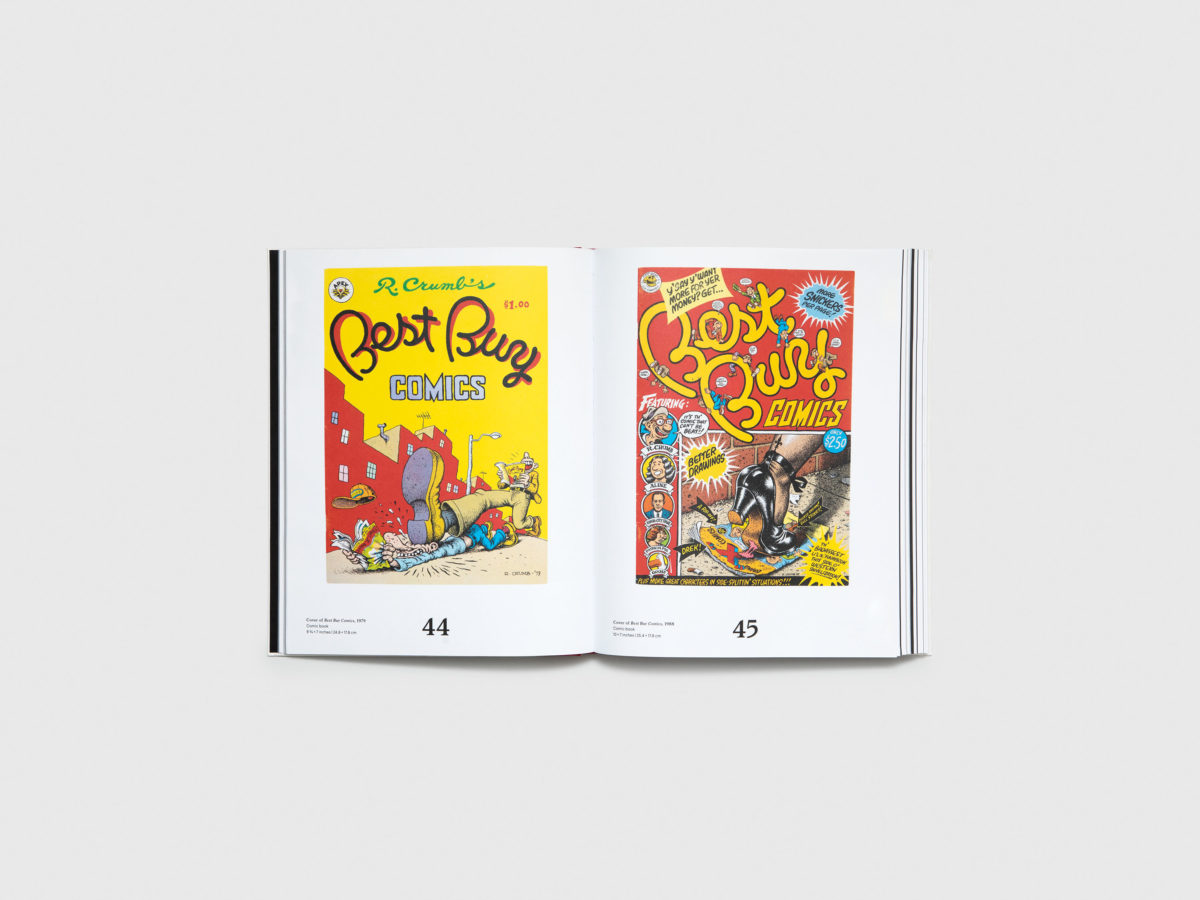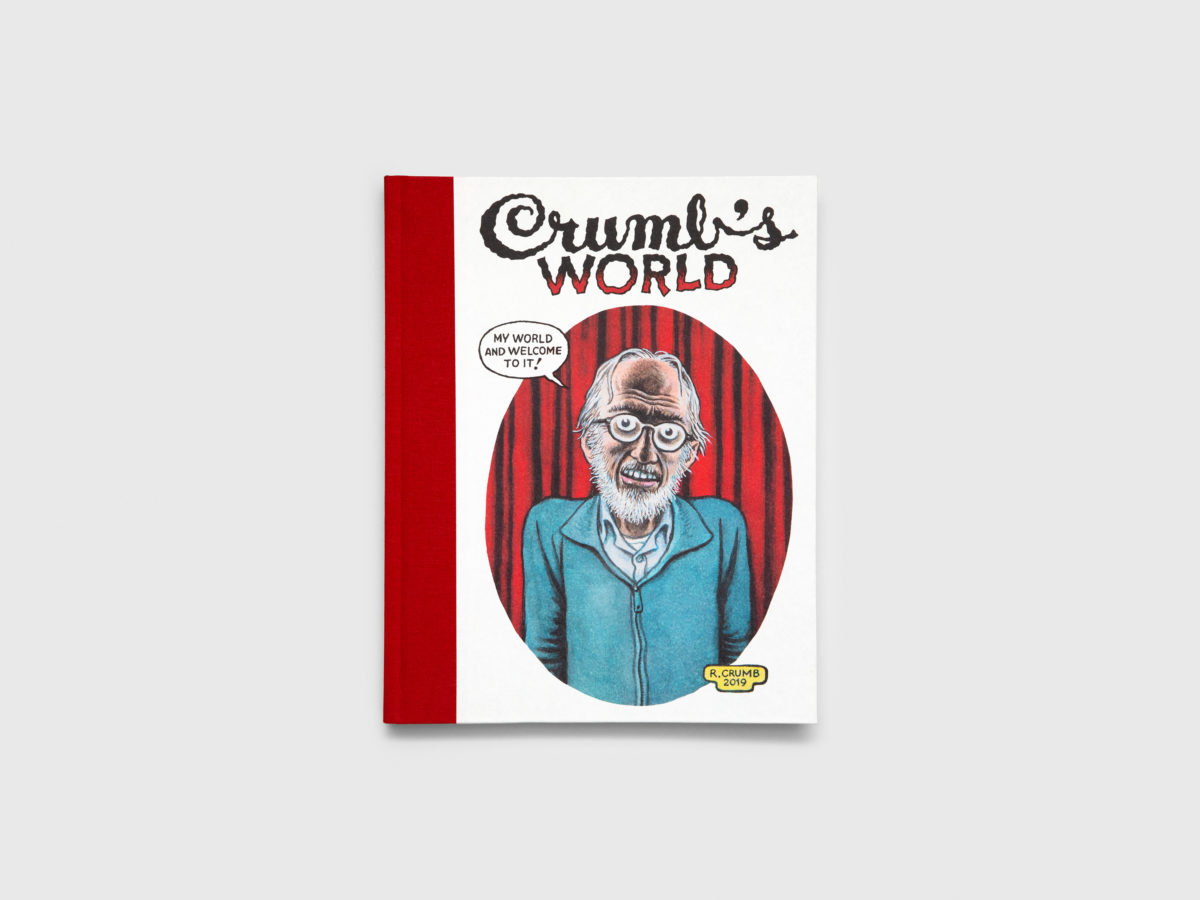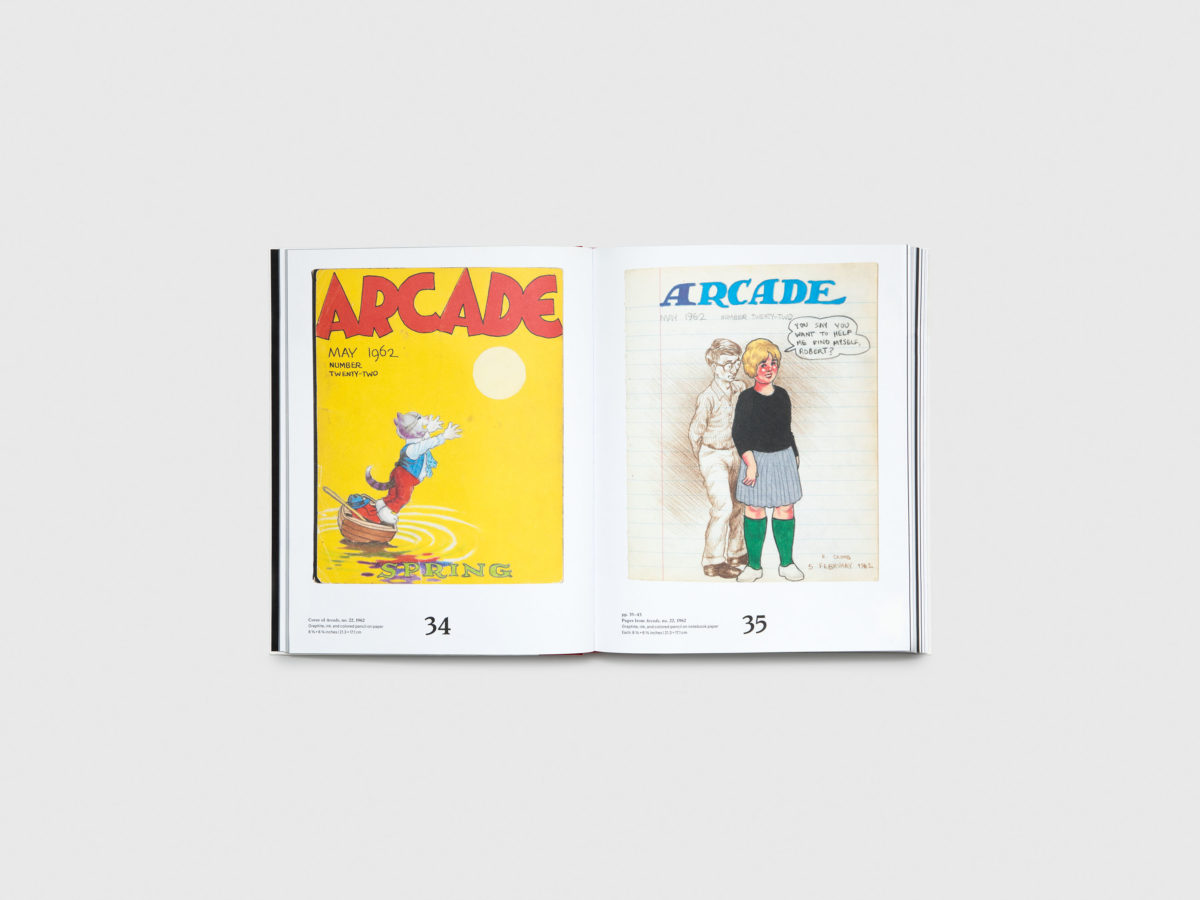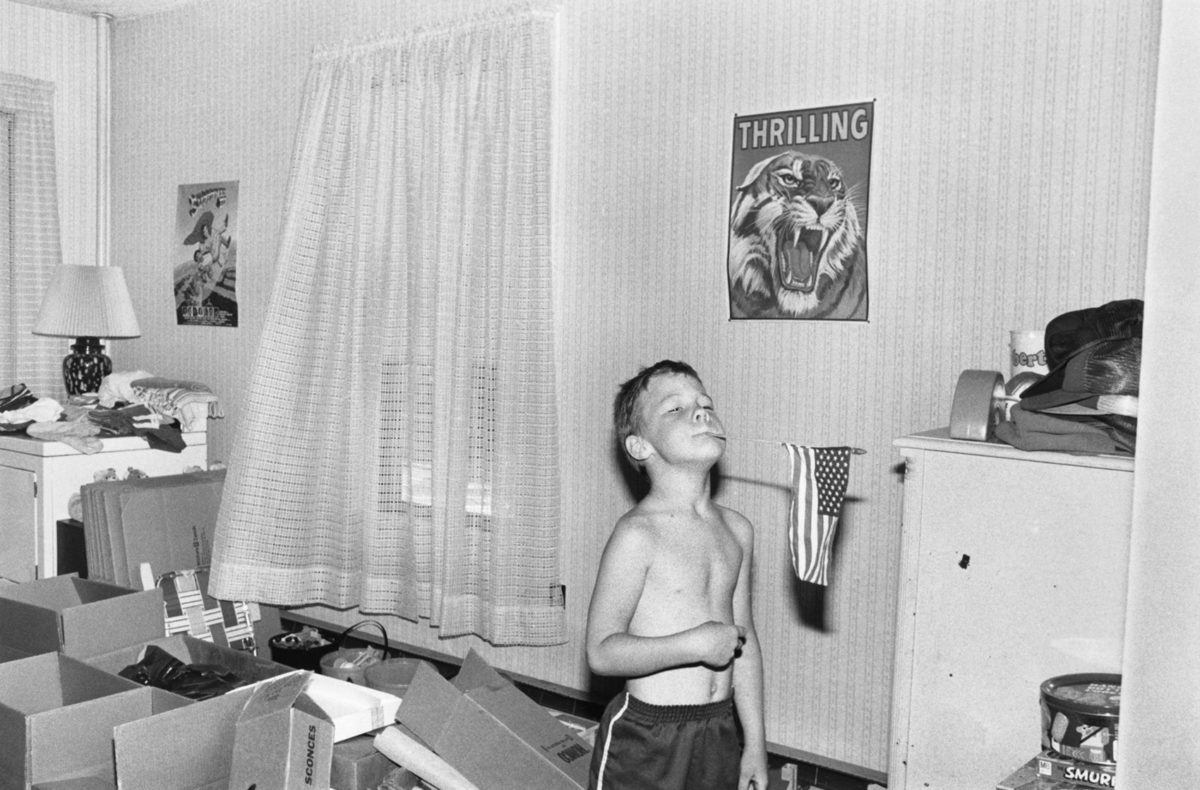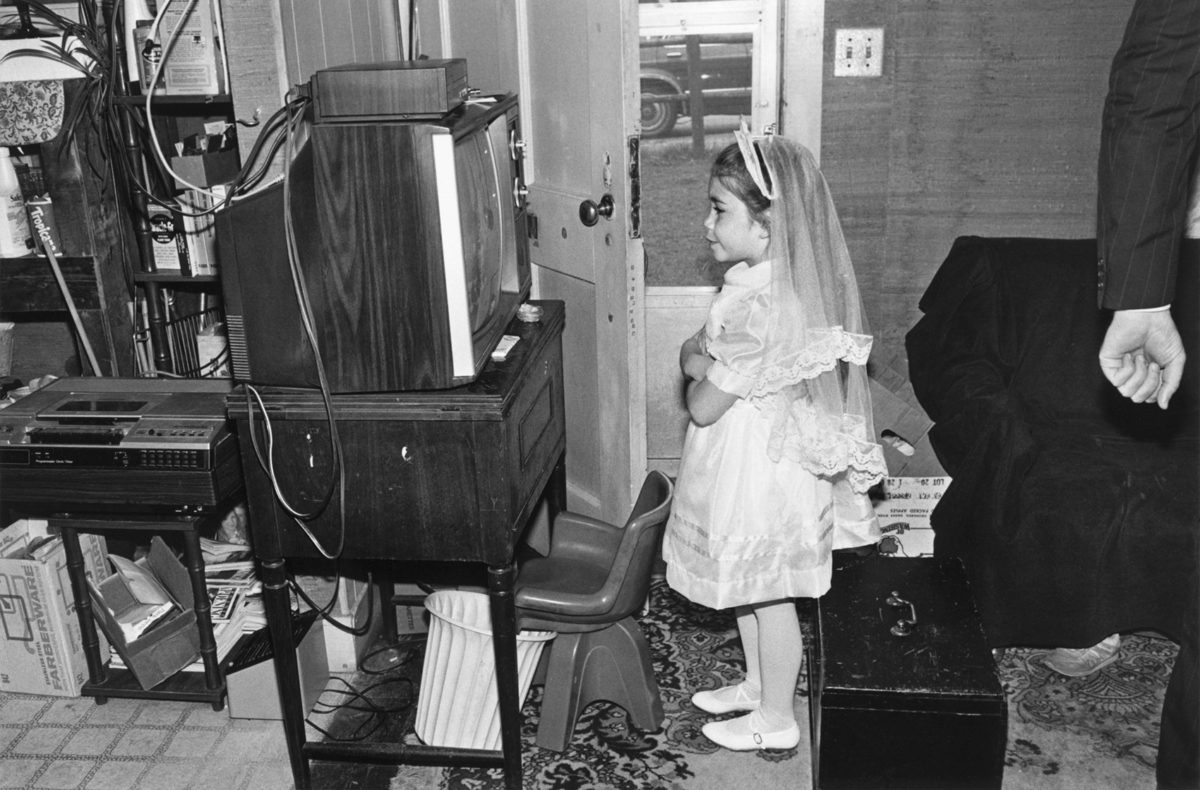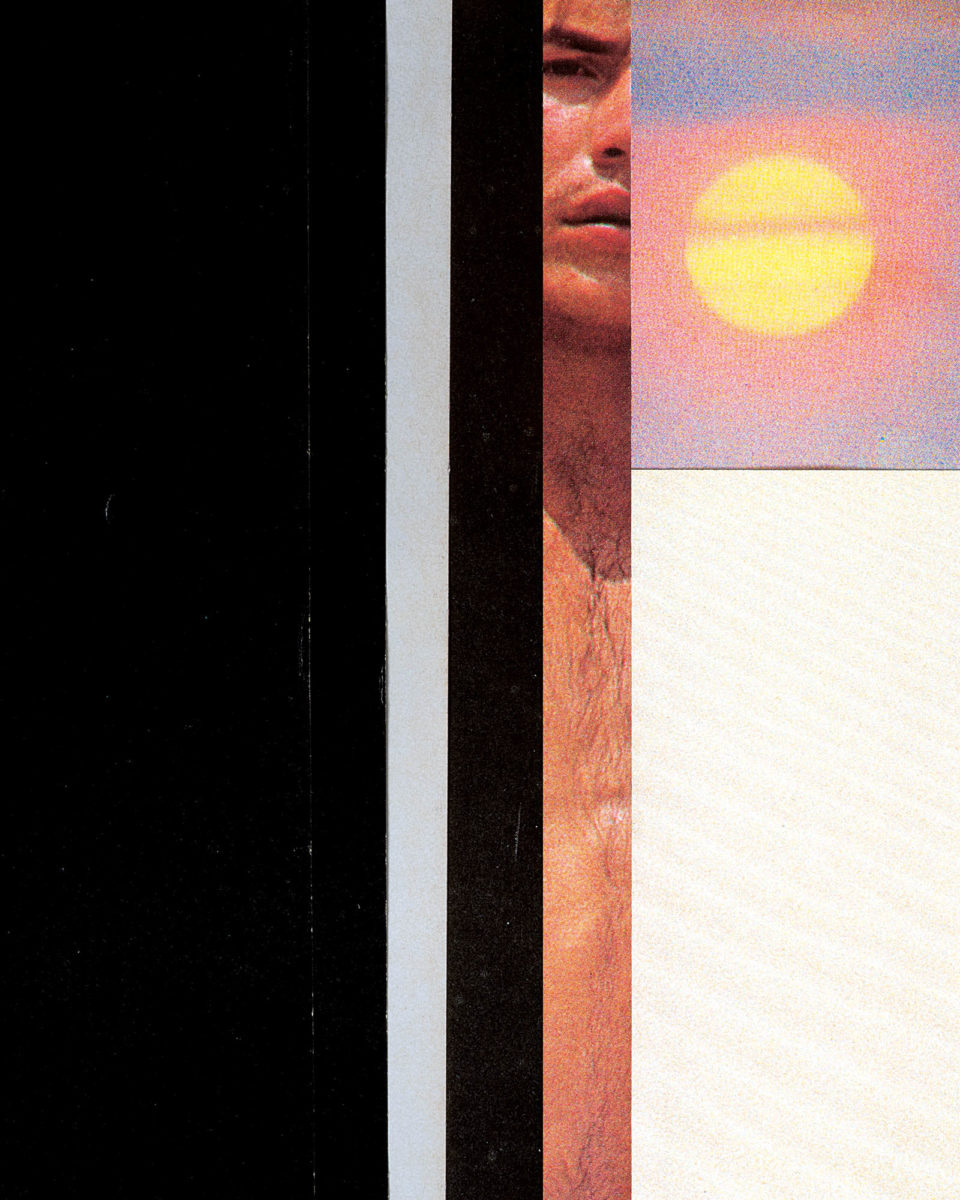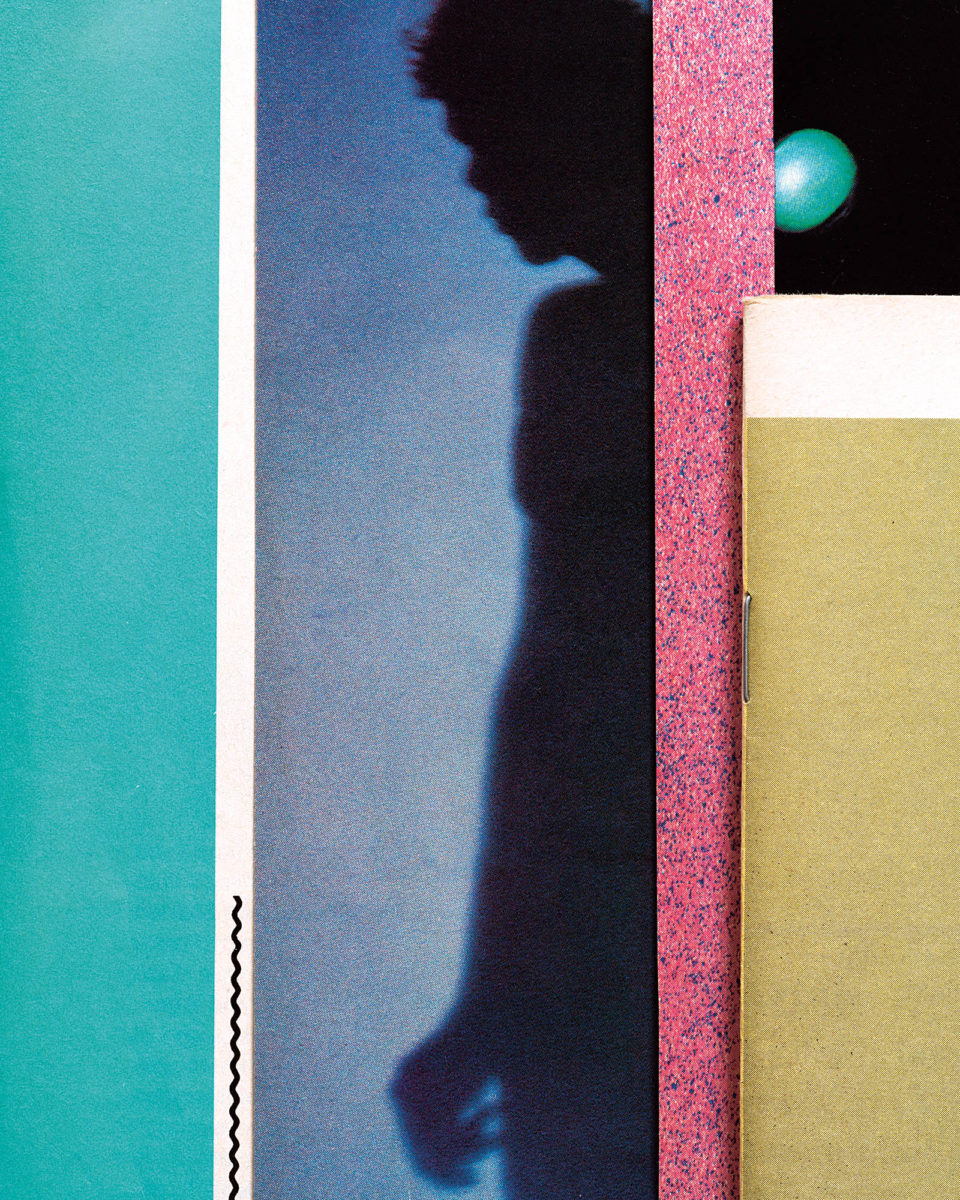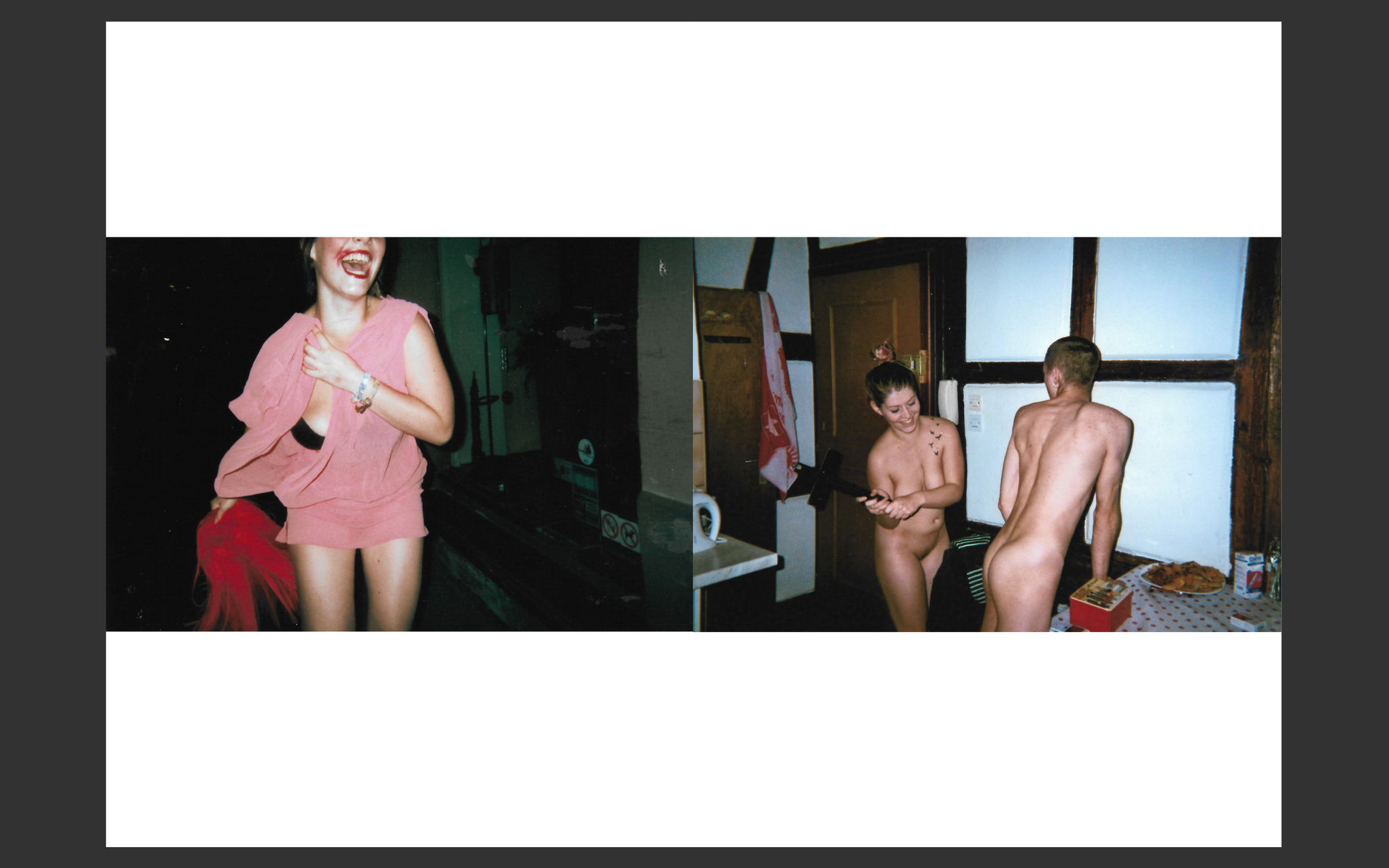
Freiheit by Patrick Weldé (Goswell Road)
A new edition of a collectible photobook from the Alsace-born photographer Patrick Weldé showcases his exploratory, roving eye and intimate approach to personal documentation. Known for his joyous, celebratory and candid photos of life without a filter, Weldé has frequently been canonised as a young successor within a queer lineage of photography, traced from Walter Pfeiffer to Nan Goldin and through to Ryan McGinley. His perspective is one of tender friendship and connection, whether he turns the lens upon himself, his rural surroundings or those he is intimate with. Freiheit is a limited edition photographic diary collecting some of the images published by Weldé in an old blog, taken on disposable cameras between 2011 to 2015. It accompanies the artist’s current exhibition with Goswell Road gallery at CFAlive Milan, titled L’Amour Toujours. (Louise Benson)
UROVISION by Yves Uro (IDEA Books)
You can almost feel the pulsing heat of the Ibiza sun in the gloriously colourful imagery of designer and illustrator Yves Uro, the late great poster artist you’ve never heard of. A new release from IDEA Books brings together for the first time Uro’s prolific output from his time spent in Ibiza from 1977 to 1990, where he produced posters for cafés, bars and nightclubs—including the legendary nightclub Ku. His work represents an immense oeuvre of extraordinary graphic art, much of which led to the powerful visualisation of Ibiza as the ultimate party island of the world. Colourful shapes and bold text characterise his style, with playful portraits rendered in airbrush. Designed to be pasted in public spaces as fly posters, there is a freedom and irreverent sensibility to Uro’s designs, which would inevitably be papered over at the end of the weekend. “There are many great poster artists of the twentieth century. Saul Bass, Milton Glaser, Martin Sharp, Tadanori Yokoo—to name just a few,” the publishers announce. “And now there is another, Yves Uro.” (Louise Benson)
Crumb’s World by Robert Storr (David Zwirner)
An idol of American rebellion and resistance to the status quo, the raunchy and solipsistic Robert Crumb has been a disruptor for more than five decades. Crumb’s obsessive tendencies are widely known, and this brand-new book focuses on some of his most pronounced predilections: the bible, sex, US politics and the absurdities and obscenities of daily life. The book relates too to Crumb’s 2019 exhibition at David Zwirner and includes an insightful opening text by Robert Storr who curated that show and who defends some of Crumb’s more controversial works; as Storr writes, “there’s no denying Crumb has played with fire.”
Crumb’s World moves from early references from the 18th and 19th century to reproduced pages from Crumb’s sketchbooks from the 1970s and 1980s, to more recent responses to the Covid-19 pandemic and a comic strip takedown of Crumb ‘Bad Diet and Bad Hair Destroy Human Civilization’. On the final pages are two recent portraits that summarise the times in Crumb’s typical incisive way: one of a composed Aline (Crumb’s wife), poised with chopsticks hovering over a bowl of food at home, the other a self-portrait of a highly anxious Crumb biting his nails, shoulders hunched. A speech bubble above his head screams “What th’ hell’s goin on?” (Charlotte Jansen)
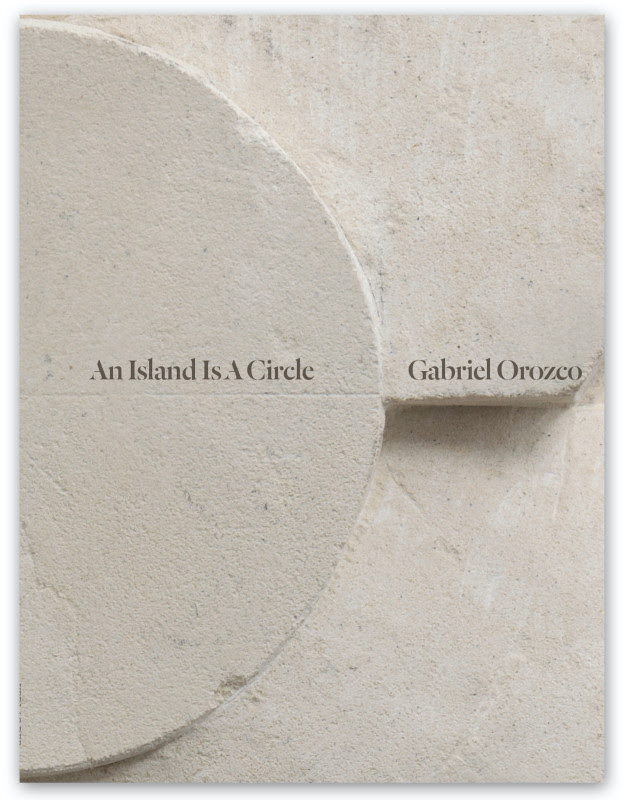
Gabriel Orozco: An Island Is A Circle (Marian Goodman)
The influential, boundary-blurring, nomadic artist Gabriel Orozco (born in Mexico, 1962) spent two years living in Bali between 2017 and 2019 (he’s also lived in Tokyo, New York, Paris and Mexico City). During that time he produced prolifically, and collaborated with professional local artisans to create a series of limestone Dés sculptures—alluded to in this book’s hardcover design. This artist’s book, which riffs on Orozco’s trademark obsession with circles, was carefully devised by Orozco and preserves the drawings and paintings from this most recent period in his practice, as well as images Orozco took of the workshop he set up there. The book begins with writing by the Mexican novelist Pablo Soler Frost, giving a narrative framework for looking at and understanding Orozco and his fascinating way of seeing the world. (Charlotte Jansen)
At Home by Susan Kandel (Stanley Barker)
For decades photographer Susan Kandel has concerned herself with the domestic dramas and unseen stories of family life. Based in Boston, a surprise encounter in 1979 with two families led to a ten-year-long relationship in which she would visit them at their homes and photograph their private lives. Before long she was approaching other families in public, asking them in grocery stores and bowling alleys, Woolworth’s and corner stores if she could photograph them at home. While many refused, Kandel found herself invited warmly by others into their intimate lives, where children throw tantrums, dinner is served and the television murmurs on low. The resulting images paint a vivid portrait of America across a variety of social backgrounds, drawing out the common human thread of joys, frustrations, and ultimately, compassion. (Louise Benson)
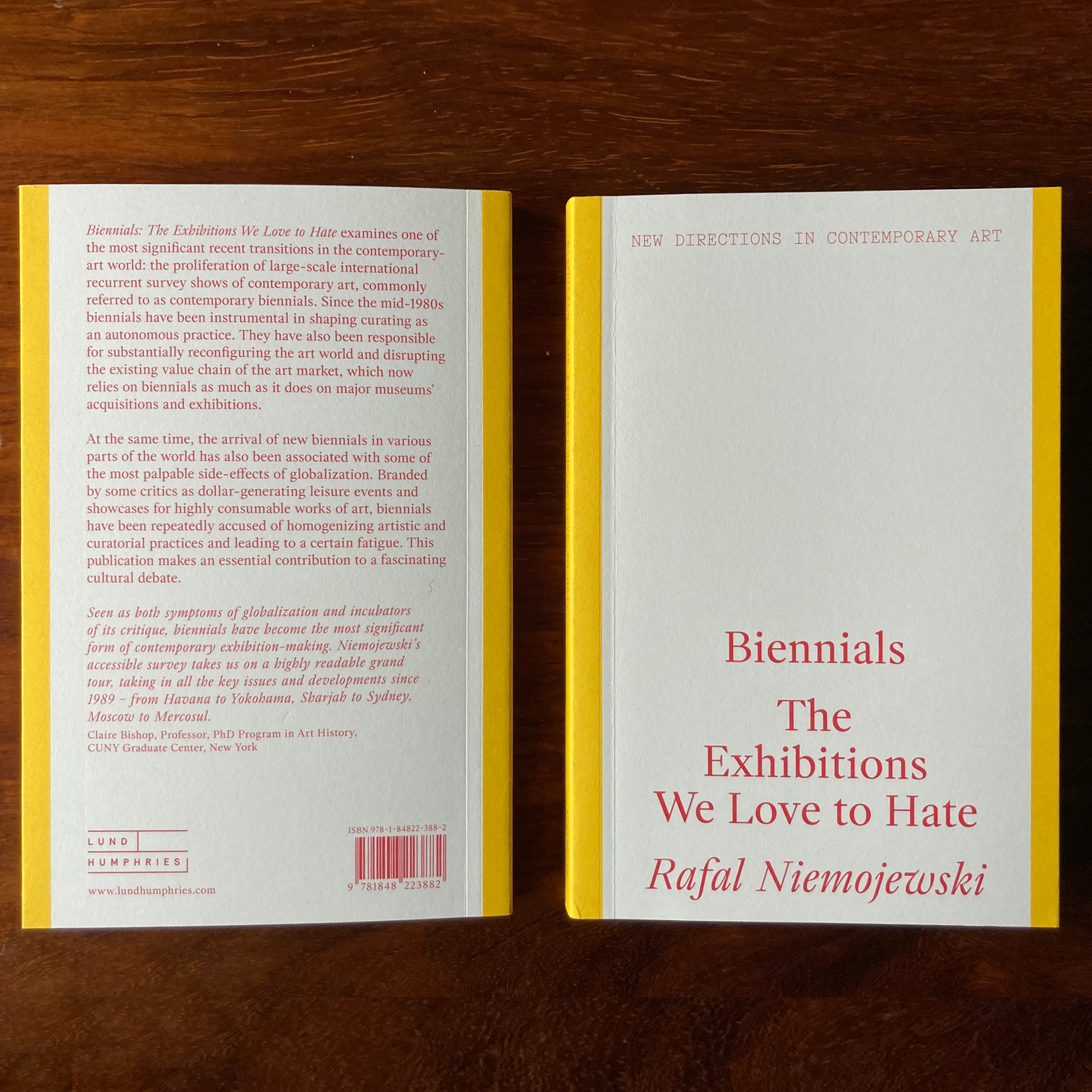
Biennials: The Exhibitions We Love to Hate by Rafal Niemojewski (Lund Humphries)
Is there a small part of you that misses biennials? If so, then this one is for you: Rafal Niemojewski’s book is a deep dive into the way biennials have shaped the contemporary art world since the 1980s, and the profound effect they’ve had not only in defining artistic practice but in reconfiguring art’s value and place in the world—for better or worse. Niemojewski posits that biennials are a consequence of globalisation and have homogenised art and curating—resulting in an all-too-familiar fatigue. This is a fascinating, well-needed reflection on how culture is structured and consumed today. Biennials is the first in a series published by Lund Humphries: New Directions in Contemporary Art, spotlighting trends and changes in the art world now and their impact on the art world and beyond. (Charlotte Jansen)
I Wish I Never Saw the Sunshine by Pacifico Silano (Loose Joints)
The tactile, immersive pleasure of archival imagery is quite literally unfurled in the latest release from Loose Joints, which explores queer melancholy and longing through the pages of vintage erotica. The unusual format unfolds to over four metres in length, offering a riotous display of the printed ephemera of gay culture. American artist Pacifico Silano overlays and collages together the visual material, using framing, cropping and layering to juxtapose and draw profound connections between otherwise disparate fragments. Through this cut-up method, he brings into focus a meditation on the HIV/AIDS crisis and its reverberations on queer lives, which included the loss of the artist’s uncle at the height of the epidemic. “I wanted to create a fever dream where you go in and out of consciousness,” he explains, “creating juxtapositions that elicit feelings that surround a certain time of day and a place in time; the melancholy that comes with the end of summer, that fleeting moment.” (Louise Benson)
